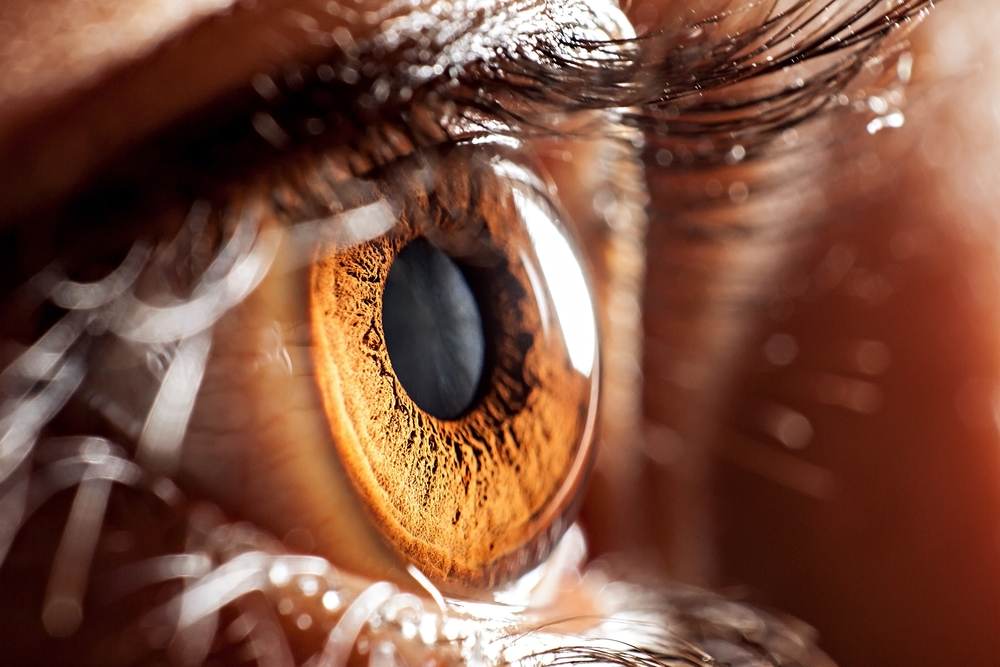Impaired Eye Movements Correlate with Clinical Status of GD Type 3, Study Finds
Written by |

Researchers seeking to better understand the links between changes in eye-movement patterns and the neurological status of Gaucher disease type 3 (GD3) hope their findings will lead to the identification of disease biomarkers for future clinical trials.
The research, “Oculomotor and Vestibular Findings in Gaucher Disease Type 3 and Their Correlation with Neurological Findings,” appeared in the journal Frontiers in Neurology.
GD3 is a subtype of Gaucher disease characterized by gradual neurological manifestations linked to the accumulation in the central nervous system of glycolipids, which are compounds made of lipids and sugar groups that are components of cellular membranes.
Although the clinical manifestations of GD3 vary, all patients exhibit a slowing — and ultimately a palsy — of horizontal saccades, which are quick, simultaneous movements of both eyes that abruptly change the point of fixation. Vertical saccades also become affected early in the disease’s course.
Data from two siblings with GD3 further showed that the vestibulo-ocular reflex (VOR), an eye movement that stabilizes gaze by countering the movement of the head, may also be impaired.
Despite this evidence, a comprehensive study of all forms of eye movements affected by GD3 in a large study group of patients had not been published previously, researchers observed. This includes studying movement types such as smooth pursuit movements, which are slower, voluntary movements directed at a moving object.
Researchers at the University Hospital Munich, in Germany, conducted a systematic analysis of GD3 patients to identify biomarkers for future clinical studies. Participants were assessed at the start of the study and again after one year.
The function of the oculomotor and vestibular systems — which control eye movements and integrate information about motion, respectively — and its association with clinical status in GD3 was assessed in a total of 26 patients from Germany, France, and the Czech Republic.
Researchers analyzed horizontal and vertical saccades, smooth pursuit, gaze-holding, optokinetic nystagmus (a rhythmic, involuntary eye movement induced by tracking a moving object), and horizontal VOR in GD3 patients and in 33 healthy controls. Patients’ neurological function and hand-eye coordination were evaluated with standard tests.
Results showed that 21 patients were able to complete at least one study task. These patients had a mean age of approximately 18 years and a mean disease duration of 11 years. The other five patients were excluded from the study.
Nine patients exhibited gaze-holding deficits, which may indicate dysfunction in the cerebellum, the researchers noted. One patient showed upbeat nystagmus, a condition often occurring with lesions in the brainstem in which the eyes drift downward prompting upward corrective movements.
Additionally, three patients showed bilateral abducens palsy, a nerve disorder that results from damage to the cranial nerve that is associated with central oculomotor disorders. All of the patients exhibited decreased horizontal VOR gain compared to controls.
The features that correlated most strongly with clinical rating scales were peak velocity of downward saccades, duration of vertical saccades, and VOR gain.
A significant decrease in vertical smooth pursuit gain was the only parameter showing deterioration at follow-up.
“Our findings suggest a widespread neuronal dysfunction, both at brainstem and cerebellar levels,” the researchers wrote. “The deficits seen in the oculomotor and vestibular examination, particularly those that progressed over time, can be used as biomarkers in future clinical trials.”
Future studies would benefit from a larger study group and a longer follow-up period, researchers said. Some of the children being studied also were unable to perform some of the tests due to lack of compliance or physical disability.


